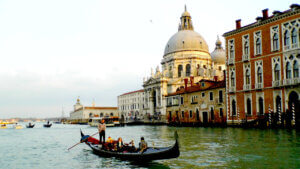
Thailand Buddhism largely follows the Theravada school, which is also reflected on Thai death beliefs and funeral rituals. Helping the soul of the deceased to move forward is usually the main concern of both relatives and monks. Theravada Buddhism funerals are, thus, the most common death practice in Thailand. However, Thais often practice a mixture of Buddhism and animistic beliefs. Join us in our exploration of funeral rituals throughout Thailand starting off with cremation volumes, and funeral rituals for commoners and royalty. Finally, we learn more about animism, hungry ghosts and festivals for spirits!
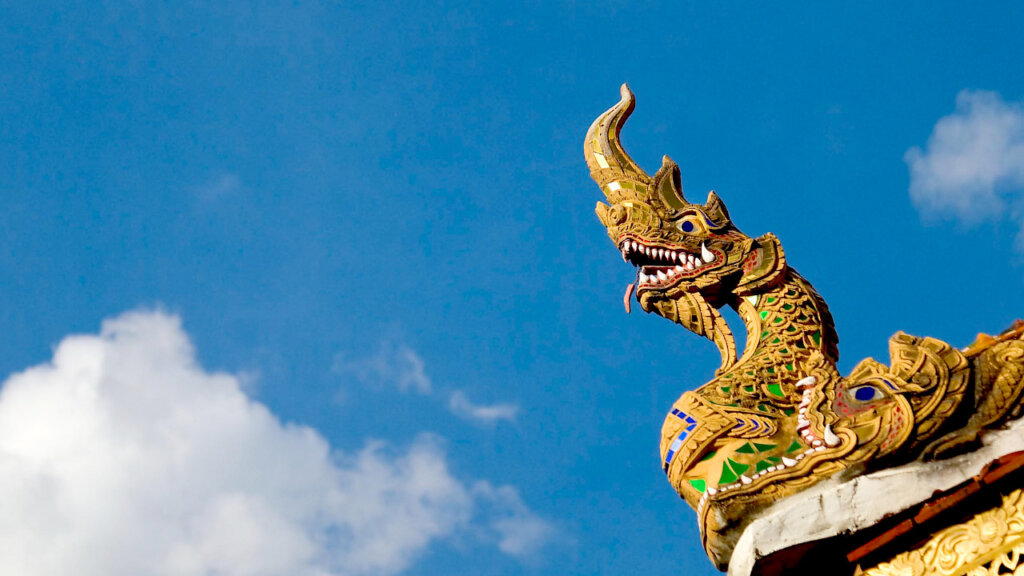
A particular death practice in Thailand are the famous cremation volumes, also known as funeral books. These cremation volumes are a unique genre of Thai literature. As a result, many Thai scholars study them as historical sources while others collect them. Although researchers still debate the origins of this tradition, many consider the first cremation volume to be a funeral text of a Thai Queen. This text was printed in the late 19th century. Gradually, the practice became available for wealthy Thai individuals too.
In addition to the above, cremation volumes usually function as commemoration notes. For example, they not only describe the deceased’s life but the relatives make sure to provide them to funeral attendees. Moreover, the contents of cremation volumes have not only biographical elements, but also religious and historical themes.
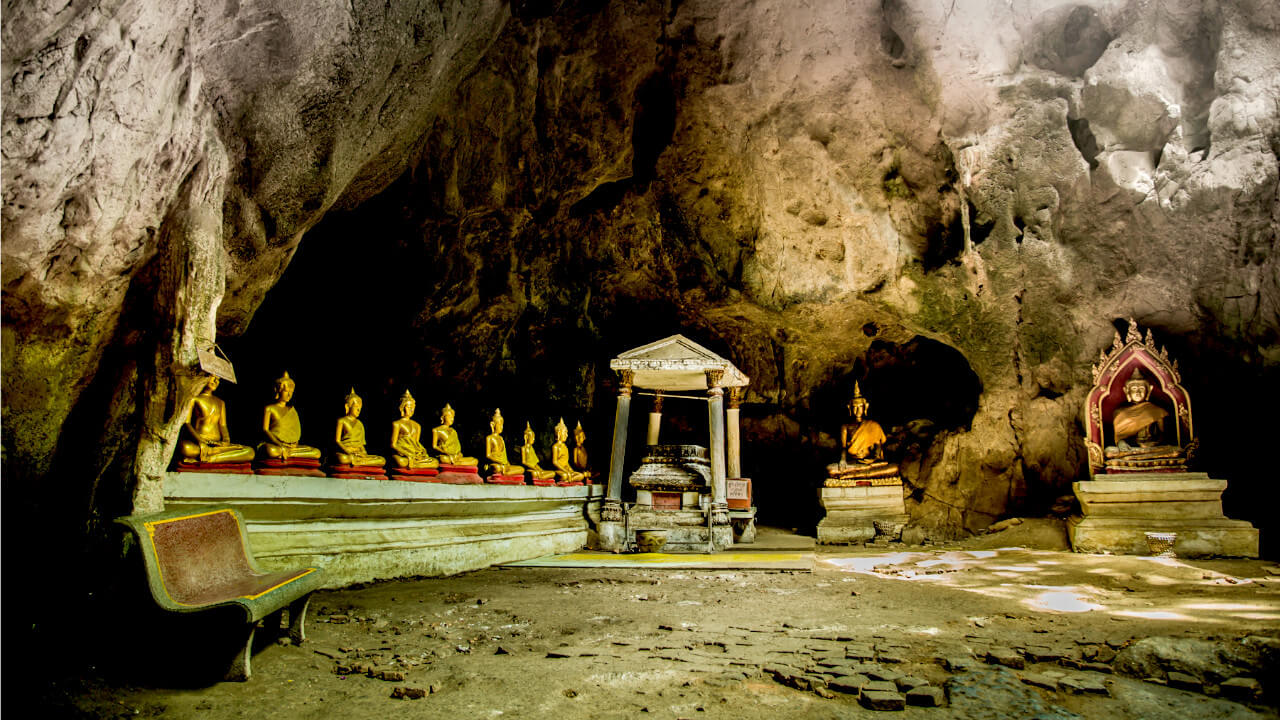
As it often happens with funeral practices, statements about both the deceased and their family are also present. For instance, cremation volumes became so popular that nowadays they function as a sign of the family’s social standing and financial status. So it is needless to say that cremation volumes vary largely on their appearance: some can be simple, looking like brochures and mostly containing famous Buddhist sayings. Others, though, can be luxurious books, with bright colors and even ornaments.
Different funerary customs are present in certain provinces and districts of Thailand. However, in most cases Buddhists funerals in Thailand follow similar patterns. As a result, many Buddhists rituals share common traits. Firstly, Buddhists start off with a bathing ritual. Relatives and close acquaintances of the deceased pour water on the corpse. Specifically, they used lustral water for this ritual, which, in other words, is water blessed by a monk.
After they have washed the body, and especially the deceased’s hands, Thais proceed to comb their hair. Additionally, they use specific clothing for the deceased before they put them in their coffin.
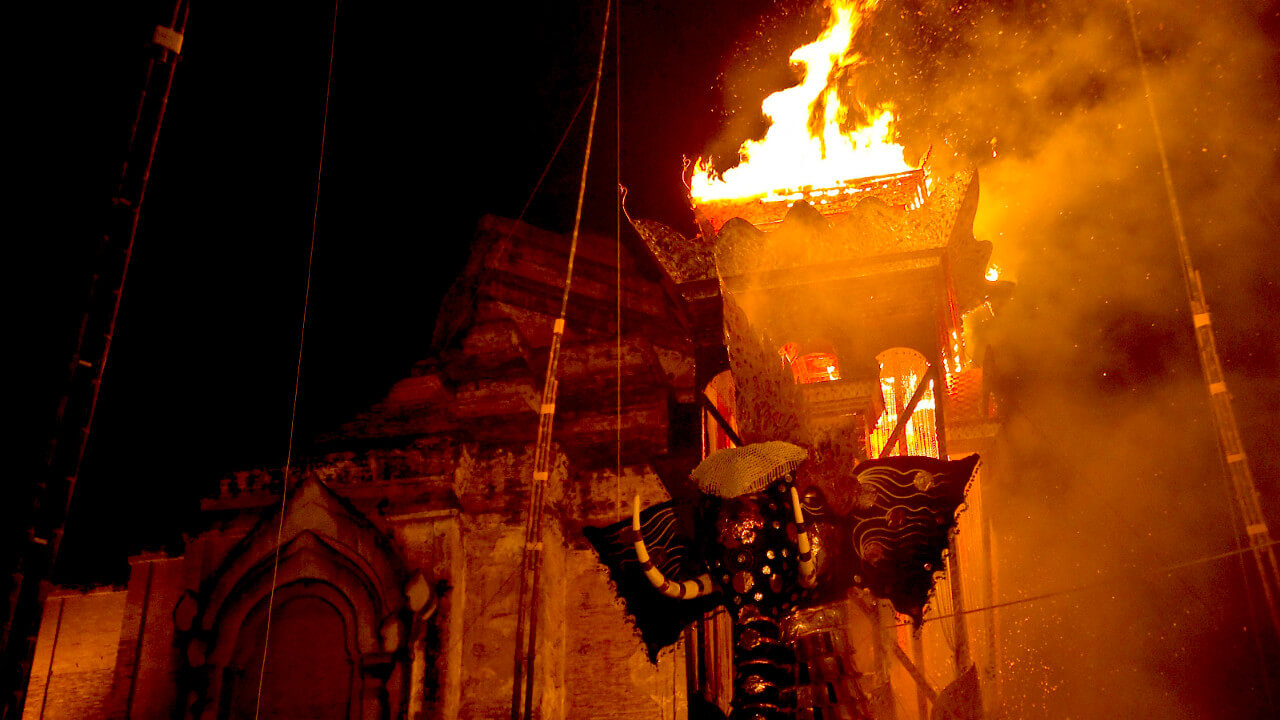
It is then when the next stage of Thai funerals begin. Monks chant verses of ancient Buddhist holy texts called Abhidhamma. These rites are a crucial element of Thai funerals and nowadays are performed in a wat – a Buddhist temple. During these rites it is common for relatives to donate certain cloth to monks. This ritual is called bangsukun and family members perform it in the name of their dead.
Typically, the final step of a Thai funeral is the cremation ceremony. Cremations in Thailand occur at a men, which refers to the cremation site of a temple. Monks also hold certain rites and prayers 7, 50 and 100 days upon someone’s death. In addition to that, Thai cremations often take place a long time after death – varying from 100 days to over a year depending on the importance of the deceased. That brings us to the importance of social status in Thai funerals.
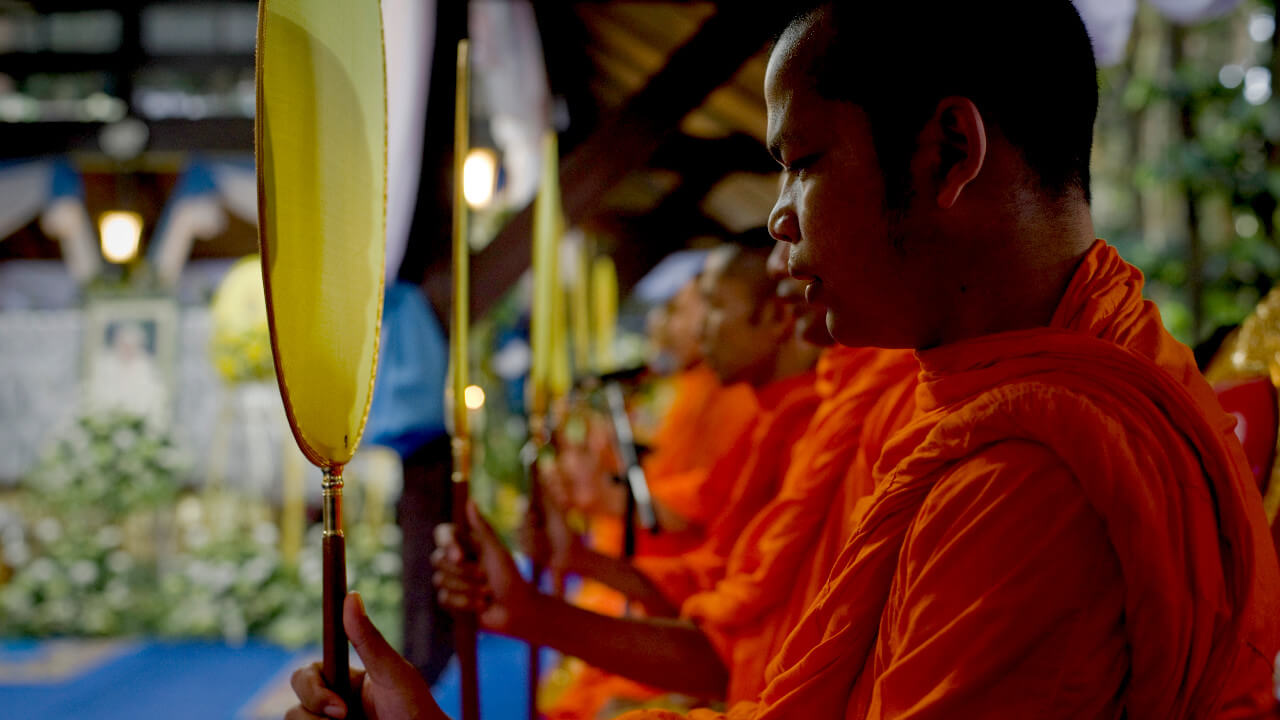
Funerals become even more elaborate and expensive depending on the social status of the deceased. For instance, clergy, high ranking government officials and especially prime ministers receive lavish funerals. Furthermore, customs dictate that the family needs to arrange everyone’s meals for the duration of the funeral.
They additionally need to organize entertainment events – such as small theatrical plays. This is especially the case for certain rural areas of Thailand and only applies to people with higher social status. After all, the Thai language even has a saying for this occasion:
"The dead sell the living - คนตายขายคนเป็น"
This refers to Thai families creating substantial debt due to the elaborate funerary arrangements they have to make. On the contrary, funerals that take place in more urban areas tend to be quite somber.

Speaking of social status and elaborate funerals, we have to address the extravagant funerals of Thai Royalty. These funerals tend to last longer than the average Buddhist funeral in Thailand. Specifically, funeral rites could take place for longer than a year!
The initial rituals consist of a mixture of animism, Hindu symbolism but remains always linked to Buddhism. Following that, there is a long period when the masses can pay their respect to the deceased called lying-in-state. After this, Thais also cremate their royals but not before organizing huge funeral processions. Similar funeral protocols, so to speak, started taking place during the era of the Ayutthaya Kingdom (ca. 17th century). Nowadays royal funerals are held in the city center of Bangkok.
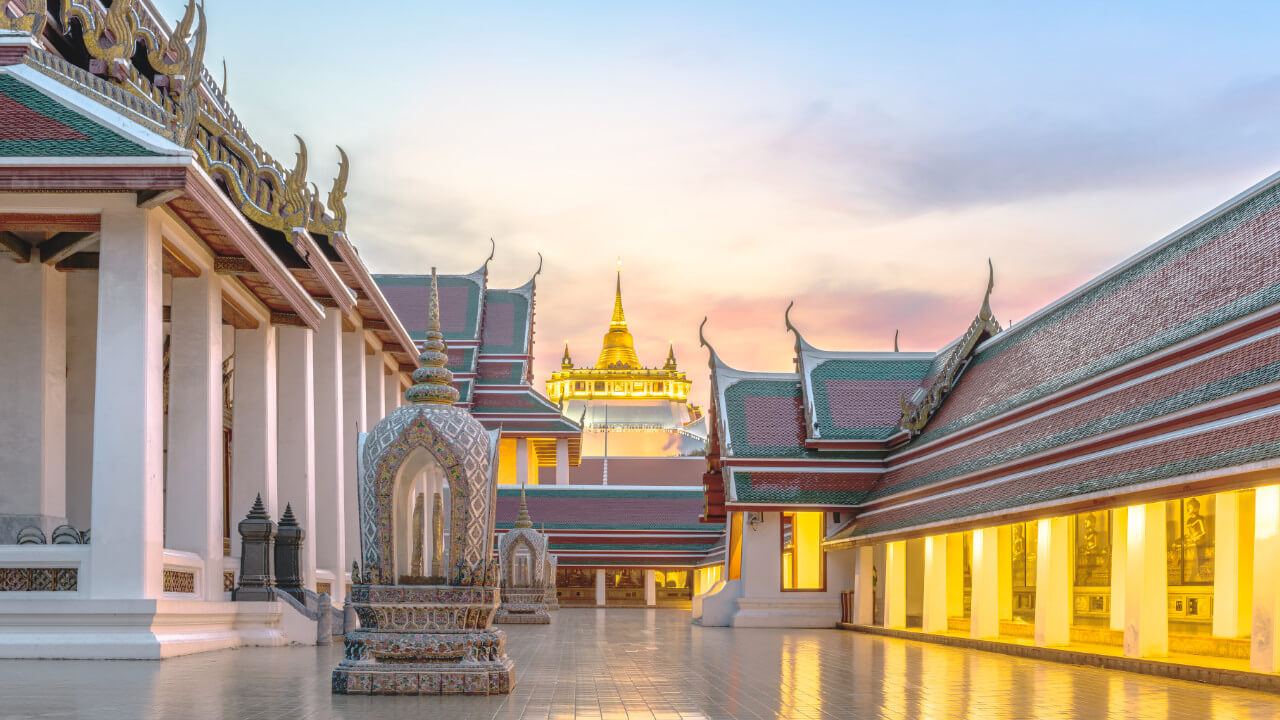
It is common for Thais to add incense around a photograph of the dead. These are usually placed in front of the coffin while banana leaf trays are next to all four corners of the coffin. A string made of white cotton links the dead body to a picture of the Buddha. The purpose of that is to guide and help the deceased. When Thais move the body they have to move all these objects too. Flowers are also significant for Thai funerals and so are certain banners. Moreover, Thai processions often include live or recorded music – or at least the rhythmic bang of a gong.
In addition to all the above, Thais may use a wooden prasat around the body. This construct also remains present during the funerary pyre. Thai people may also use fireworks during the process of cremation. As a result, the smoke from the pyre mixed with the colorful fireworks create an otherworldly sight for the attendees. In the past, northern Thai fireworks also included images of zodiac animals but that is not common anymore.
Finally, monks collect the ashes and bones of the dead the day after. Any bones can also be used for merit-making rituals in the future.
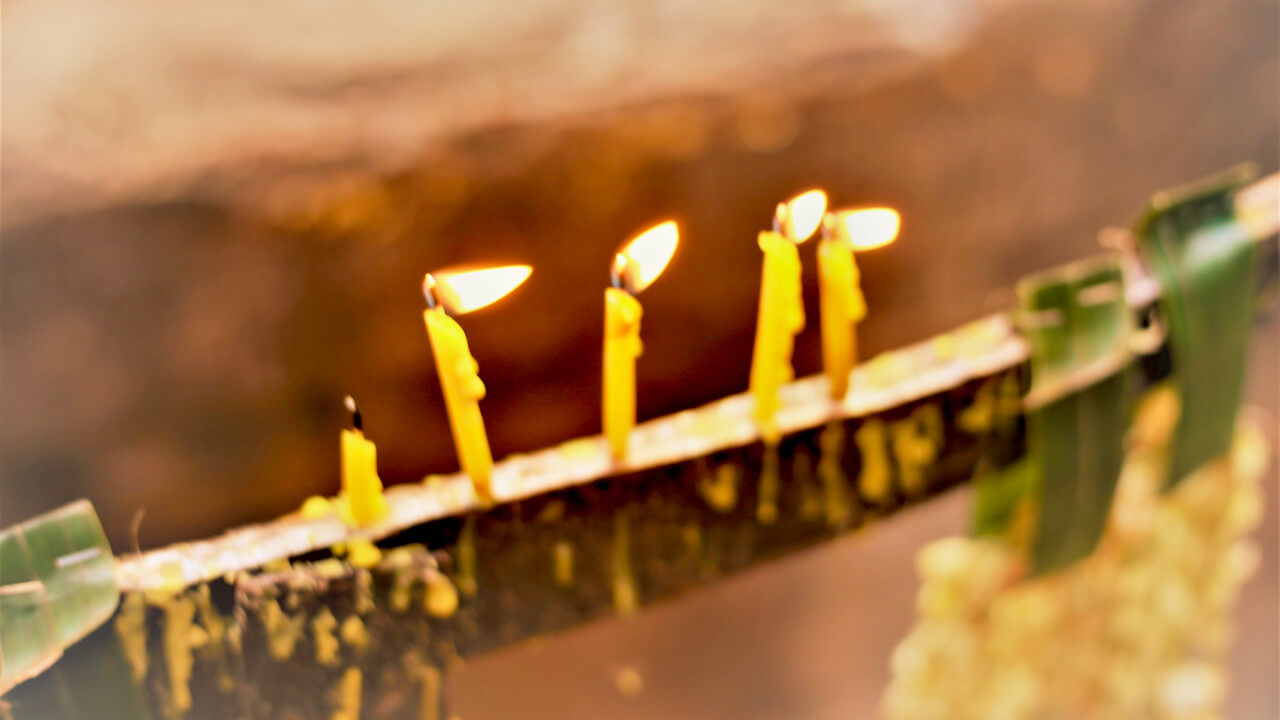
Buddhist funeral rites aim to make sure that dead can safely move from this life to the next. This is also the purpose of rituals such as cleaning and preparing the body. Moreover, this includes Buddhist prayers and chants as well as merit-making and offerings to the dead and to monks.
Especially in Northern Thailand, certain types of death are viewed as unlucky or dangerous for the spirit of the deceased. Therefore, a different set of funeral processes has to take place instead. Unlucky or dangerous deaths include freaky accidents, murders or rare diseases. In such cases, Thais may not even cremate the body but bury it instead which never happens under normal circumstances.
Another difference to ‘normal deaths’ is not only how, but when the body is buried. For instance, although Buddhists may wait months before cremating, they bury these dead as soon as possible after death. This is also linked to a fear of bad spirits that could appear after such manners of death.
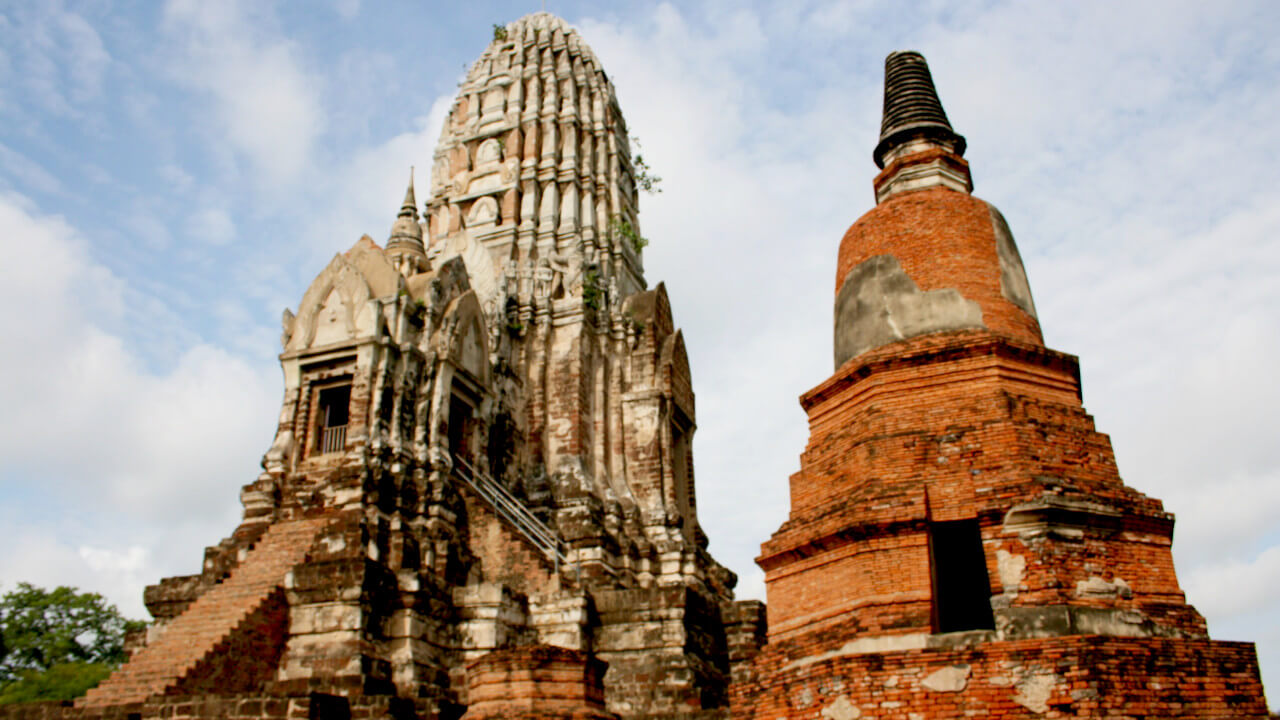
Customs of rural areas propose celebratory events that we mentioned above. These celebrations can cast away any spirits and even let the family express strong feelings. More interestingly, any celebratory events that may occur during a funeral also aim at maintaining the social cohesion of small communities.
In addition to the above, Thais may also use specific red banners to mark the site of a ‘bad death’. These banners are called tung daeng and serve as a warning of danger. In other words, that area could be infected by malevolent spirits and Thais need to perform rituals to cleanse it. A creepy detail is that sometimes these banners have the shape of small humans.
Additionally, the length of a tung daeng depends on how tall the deceased was. Thais may also build many small sand stupas, with the exact number of stupas being equal to the age of the dead.
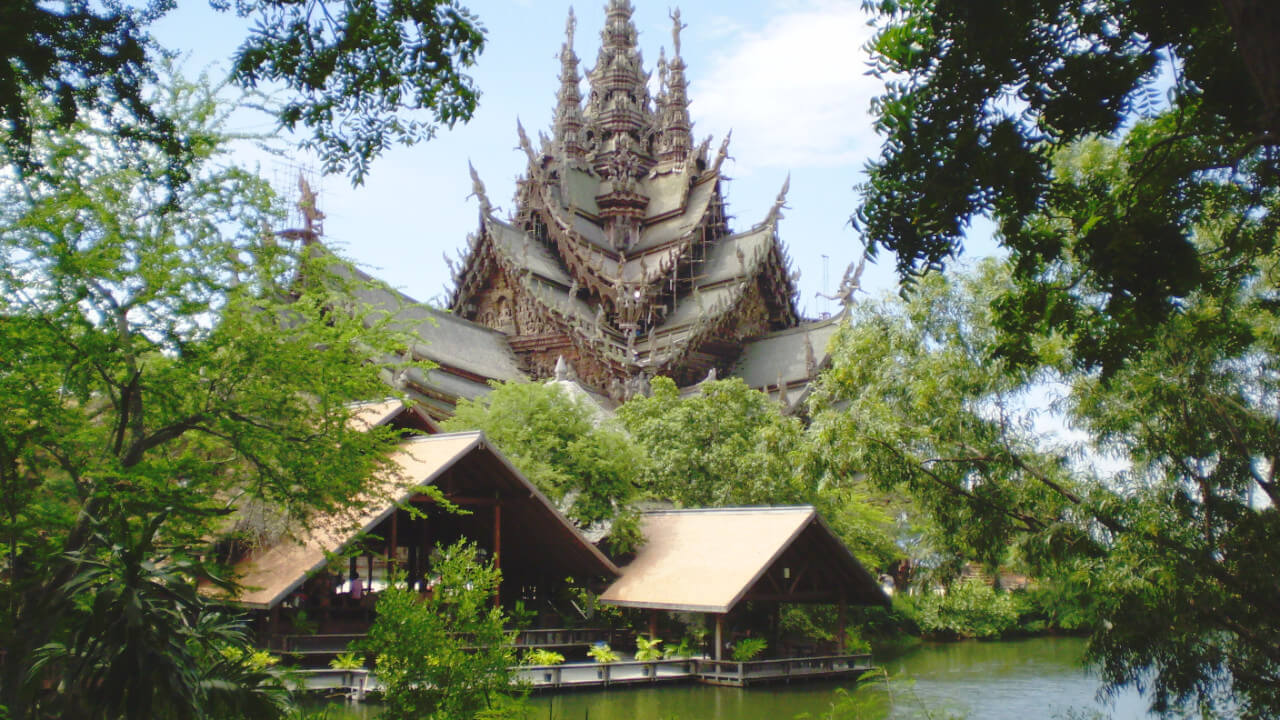
Until now we mostly focused on Buddhist funeral rites and death practices in Thailand. It has probably become obvious though, that elements of animism are also present in Thai life and death. The importance and worship of spirits and ghosts is often very closely interlinked with Buddhism in Thailand so it is not always easy to distinguish the two.
Spirit temples -called also Spirit Houses – are a common site in Thailand and can be found in almost any place or context. They often look like small shrines with some incense and some red fanta or another red beverage. The color red symbolizes blood since these beverages function as a replacement of offerings. Another interesting note here is the belief of hungry ghosts.
Stories of these kind of spirits exist almost everywhere where Buddhism is common. Specifically in Thailand, many different types of ghosts are present. For example, some deceased have many attachments to their houses or their relatives. As a result, they do not move on after death but stay behind. Another type of ghosts are the ones that linger behind due to a strong urge for some form of pleasure. The common trait of all these ghosts is that they are all hungry – some in the literal sense and some not. Finally, Thai beliefs support that their existence is usually a torture to them and some end up being malicious.
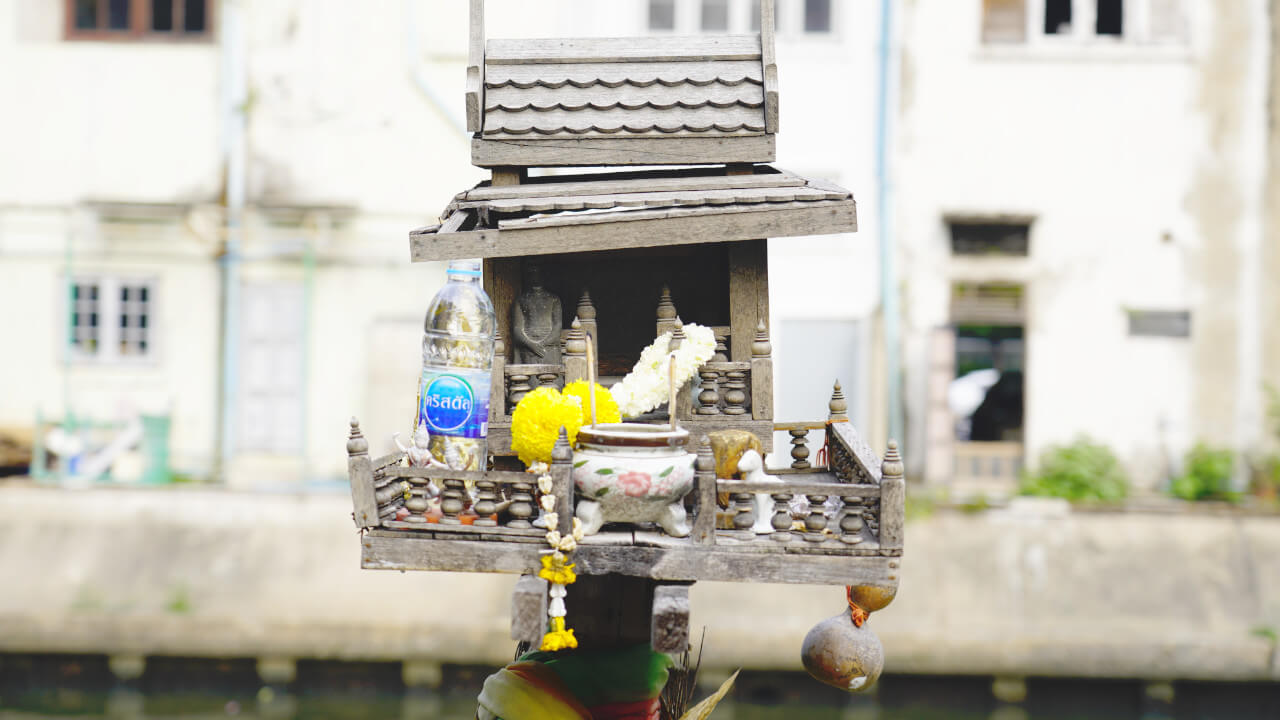
These hungry ghosts can also be formed when funeral rites are not performed properly. This is also why some of the ghosts hold a grudge against the living. Therefore, their relatives often feel the need to appease or distract the ghosts. In order to do that they may offer food or create paper offerings.
Interestingly, there is a certain way that Thais envision a hungry ghost. To be specific, adults paint a certain image of a hungry ghost to children: a terrifying being with large hands, long arms and extremely small mouths. Due to these attributes, the ghost cannot eat properly which is the source of its suffering.
Thai parents may also teach young children that they themselves may turn into hungry ghosts after they die if the children do not treat them with respect. This of course is quite convenient for the parents themselves!
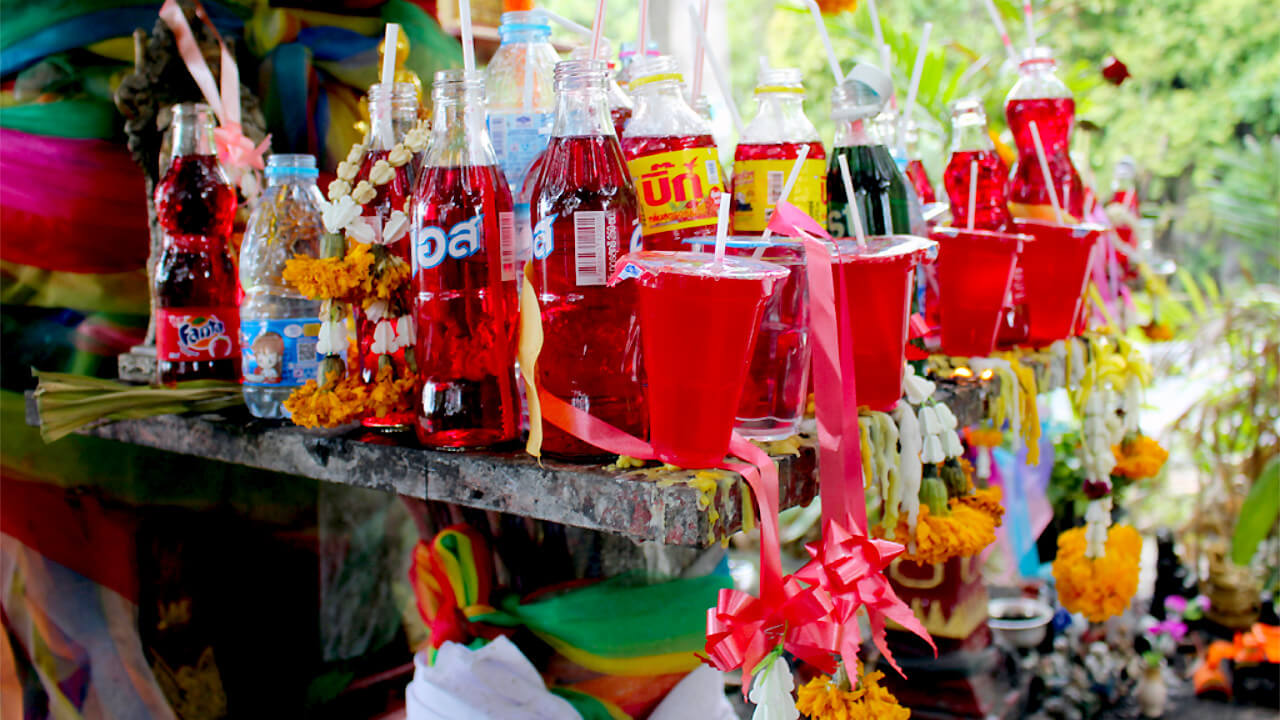
Famously, many regions organize hungry ghost festivals. One of the most well-known is the Por-tor ghost festival in Phuket. During this festival the living offer food to Por Tor Kong which refers to an evil spirit that rules the domain of the ghosts. Therefore, by offering food to him, Thais attempt to be or remain in his good graces.
The origins of the Por-Tor festival can be traced back to the Chinese immigrants. Traditionally, locals eat red turtle cakes, a special delicacy for this festival. According to their death customs, the festival helps the ghosts turn into ancestral spirits. This is a result of the living inviting the dead to eat with them.
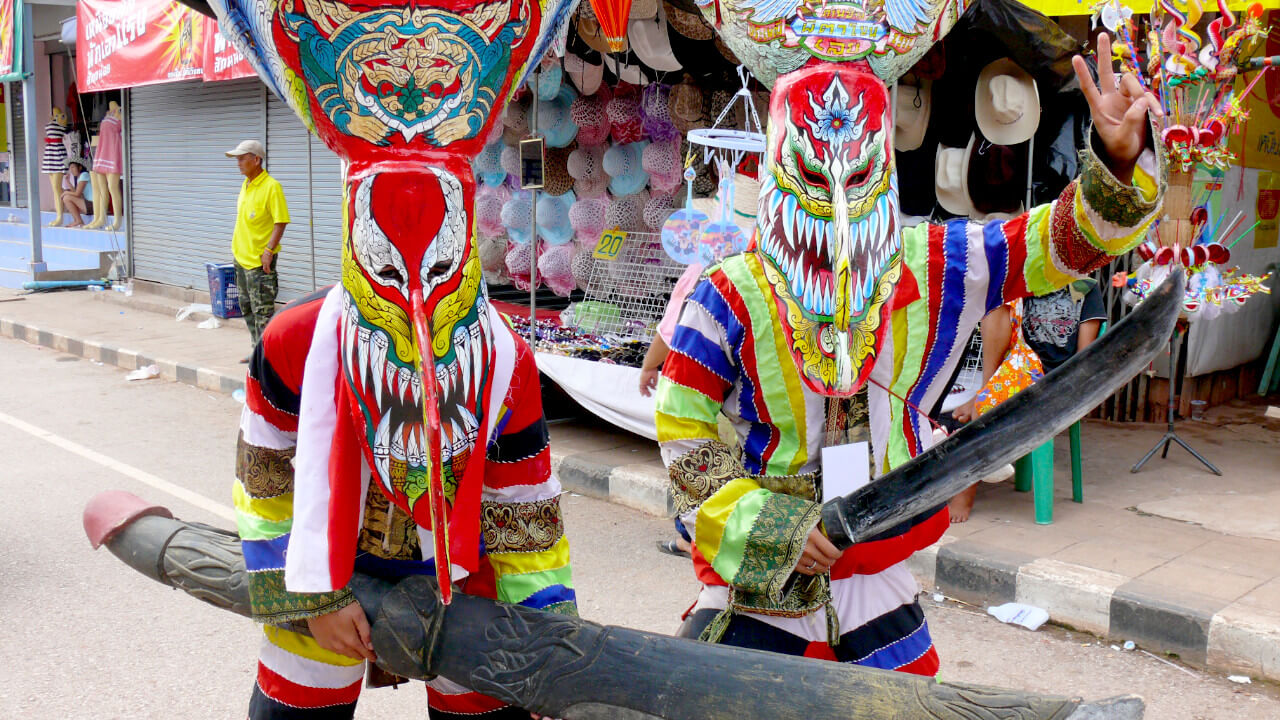
Another example of a ritualistic practice linked to animism in Thailand is burning paper. The most straightforward version of that is burning paper money – which functions as currency for the afterlife. Additionally, relatives sometimes write the deceased’s name on these papers to make sure that the money goes to them. By burning the “money” Thai tradition suggests that the living help the dead with everything they need to do after death. In the same spirits, they sometimes make other elaborate paper versions of objects the deceased may need. This includes handbags, cars, laptops, cigarettes or even Viagra tablets.
We hope you learned something new regarding this country’s death practices!
Did you enjoy learning about Thai Theravada Buddhism Funerals? If you want know more about Buddhist funeral practices, feel free to check out our Tibet article! You can also read about Russian Buddhism here. Finally, for other Southeast Asian death customs we recommend our article on the Philippines!
The average mixed death rate in Thailand is 7,786 per 1.000 people (2019). Interestingly, Thailand’s death rate hit an all-time low in 1989 (5,663 per 1.000) but it is steadily on the rise eversince.
Thai funeral rites last usually three days and they peak with the final cremation of the deceased on the third night. Relatives then collect the ashes the morning after.
According to the 2015 census, the vast majority of Thai people are Buddhists (94,5%). Although freedom of religion is part of the Thai constitution, there is only one person that does not experience it: The King of Thailand! That is so because he always has to adhere to Theravada Buddhism. After all, almost 95% of Thai Buddhists follow the Theravada School. Minority religions include Islam – mostly amongst the Malay community as well as Thai Folk religions such as animism.
Thailand’s rate of utilized organs was 3,81 per million people (2018). That corresponds to 253 actual donated organs that doctors used for transplantation. In other words, only 10,7% of the people on waiting lists actually received an organ.